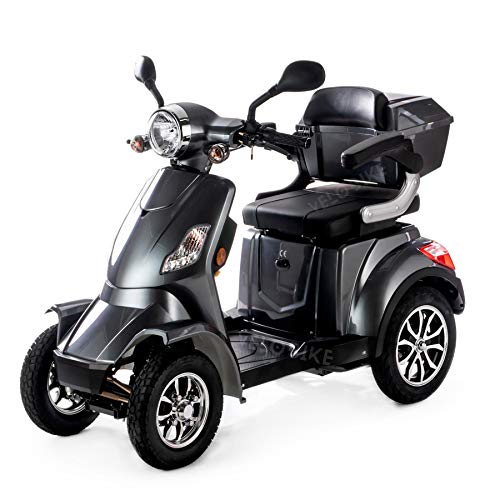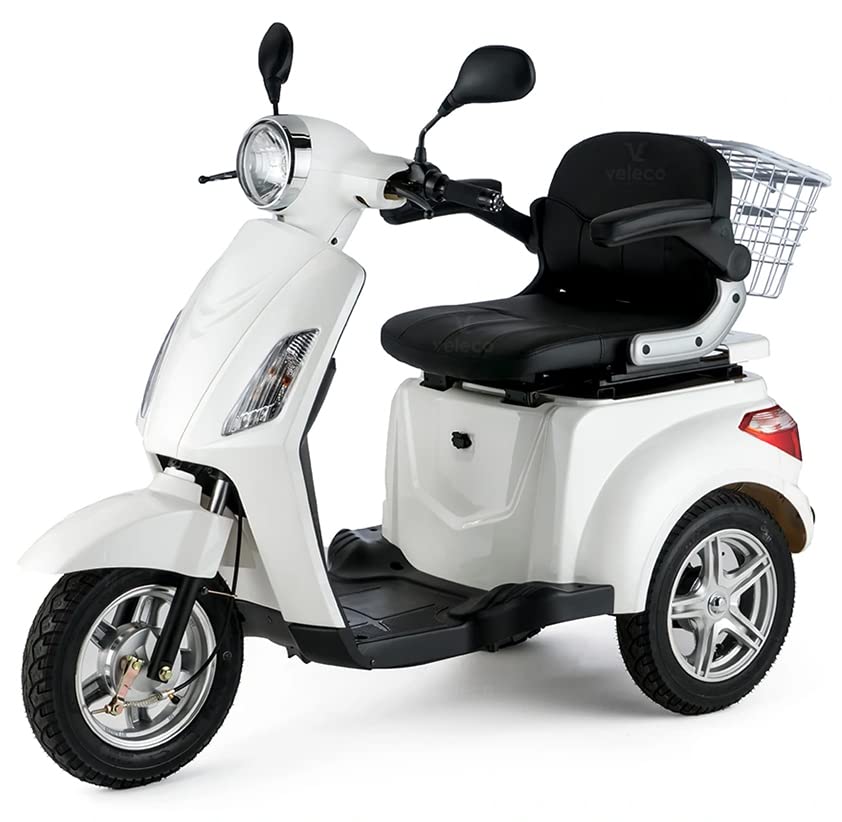10 Things That Everyone Doesn't Get Right About The Word "Key Pro…
페이지 정보

본문
 What Are the Different Types of Key Programming?
What Are the Different Types of Key Programming?Car key programming is a method that allows you to have an additional key for your car. You can program a key at an auto dealer or hardware shop, but this is usually a lengthy and expensive procedure.
 A specific tool is required to carry out key programming and these units are often bidirectional OBD-II tools. These tools can extract PIN codes, EEPROMs and modules from the vehicle.
A specific tool is required to carry out key programming and these units are often bidirectional OBD-II tools. These tools can extract PIN codes, EEPROMs and modules from the vehicle.Transponder codes
A transponder is a four-digit code that is used to identify an aircraft. Its purpose is to help Air Traffic Control (ATC) identify the aircraft and ensure it doesn't go missing on radar screens. There are various codes that can be used, and they are usually assigned by an ATC facility. Each code has its own significance and is used to define various kinds of aviation activities.
The number of codes that are available is limited. However they are categorized into different groups depending on their intended use. For instance an a mode C transponder can only utilize the primary and secondary codes (2000, 7500, and 7000). There are also non-discrete codes used in emergencies. These codes are used by ATC when it is unable to determine the call sign of the pilot or the location of the aircraft.
Transponders utilize radio frequency communication to send an identification code unique to each individual and other information to radars. There are three different RF communication modes including mode A, mode S and mode C. The transponder can send different formats of data to radars, based on the mode. These include identification codes as well as aircraft location and pressure altitude.
Mode C transponders also transmit the call number of the pilot. They are commonly used by IFR flights, or by those flying at higher altitudes. The ident button on these transponders is often called the "squawk" button. When an individual presses the squawk button, ATC radar detects it and displays the information on the screen.
When changing the code of a mode C transponder, it's vital to know how to do it right. If the incorrect code is entered, it could trigger alarms in ATC centers and cause F16s to scramble to find the aircraft. It's best to alter the code only when the aircraft is in standby mode.
Some vehicles require specialized key programming tools to reprogram the transponder in a new key. These tools communicate with the computer in the vehicle to enter programming mode and clone the existing transponder. These tools are also capable of flashing new codes into the EEPROM chip, module or other device depending on the model of vehicle. These tools are available as standalone units, or they can be integrated into more sophisticated scan tools. These tools also come with a bidirectional OBD-II connector and can be used on many different automobile models.
PIN codes
In ATM transactions or whether used in POS (point of sale) machines or as passwords for secure computer systems PIN codes are an important component of our modern world. They are used to authenticate banking systems with cardholders, governments that have citizens, businesses with employees, and computers with users.
Many people believe that longer PIN codes provide more security however this may not always be the case. According to a study by researchers from the Max Planck Institute for Security and Privacy and Ruhr University in Germany, a six-digit PIN code is no more secure than one with four digits.
Avoid repeated digits and consecutive numbers since they are easy to deduce by hackers. It is also a good idea to mix numbers and letters since this makes it more difficult to crack.
Chips with EEPROM
EEPROM chips can store data even when the power is off. These are a great choice for devices that need to store data that must be retrieved at some point in the future. These chips are commonly utilized in remote keyless systems and smart cards. They can be programmed to perform additional functions, such as storage of configurations or parameters. They are useful to developers since they can be reprogrammed on the machine without having to remove them. They can be read with electricity, however their retention time is limited.
Contrary to flash memory EEPROMs can be erased many times without losing any data. EEPROM chips are made of field effect transistors and what is known as a floating gate. When voltage is applied, electrons be trapped within the gates and the presence or absence of these particles translate to data. The chip is reprogrammable using a variety methods depending on its design and status. Certain EEPROMs are byte or bit-addressable, whereas others require an entire block of data to be written.
To program EEPROMs a programmer first has to confirm that the device is functioning properly. Comparing the code with an original file is one method to check this. If the code is not the same, the EEPROM could be in error. This can be fixed by replacing it with a brand new one. If the problem persists it is possible that there is a problem with the circuit.
Comparing the EEPROM with another chip within the same circuit is a way to verify its validity. This can be accomplished with any universal programmer that allows you to read and www.5611432.xyz compare EEPROMs. If you're unable to get a clean reading, simply blow the code into a new chip and then compare them. This will help you pinpoint the problem.
It is essential that everyone involved in the building technology industry is aware of the way each component functions. The failure of a single component could affect the operation of the entire system. This is why it's vital to test the EEPROM chips on your motherboard before using them in production. You can then be confident that your device will function exactly as you expect it to.
Modules
Modules are a type of programming structure that allows for the creation of independent pieces of code. They are often employed in large, complex projects to manage dependencies as well as provide an obvious separation between different areas of the software application. Modules are also useful to create code libraries that can be used across a variety of apps and device types.
A module is a group of classes or functions a program can call to execute a kind of service. Modules are utilized by a program to enhance the performance or functionality of the system. The module is then shared among other programs that use the module. This can help make large projects easier to manage and can enhance the quality of the code.
The manner in which a module is used in the program is determined by the interface of the module. A well-designed interface is easy to understandable, and makes it easy for other programs to access the module. This is referred to as abstraction by specification. It is very beneficial, even if there is only one programmer on a relatively-sized program. This is particularly important when more than one programmer is working on a huge program.
Typically, a program uses a small subset of the module's capabilities. The remainder of the module isn't required to be implemented by a single application, and 5611432.Xyz [Www.5611432.Xyz] the use of modules reduces the number of places bugs can occur. For instance when a function is changed in one module, all programs that use that function will be automatically updated to the latest version. This can be much faster than changing the entire program.
The import statement makes the contents of a module accessible to other programs. It can take different forms. The most commonly used form is to import the namespace of a module with the colon : and then a list of names the program or other modules wish to use. A program may also use the NOT: statement to define what it doesn't wish to import. This is especially useful when you are playing around with the interactive interpreter for testing or discovering purposes, because it lets you quickly gain access to all the features a module has to provide without having to type a lot.
- 이전글How To Be Happy At Highstakes - Not! 24.09.01
- 다음글The History Of French Door Refrigerator With Ice Maker 24.09.01
댓글목록
등록된 댓글이 없습니다.


 블로그체험단 바로가기
블로그체험단 바로가기